The annals of scientific progress are punctuated by moments of triumph and tragedy, but few events have reshaped the landscape of biosafety as profoundly as the laboratory disasters that serve as stark reminders of humanity's precarious relationship with biological hazards. These incidents, often buried in classified reports or obscured by bureaucratic language, reveal uncomfortable truths about institutional failures, human error, and the unpredictable nature of pathogens when containment protocols break down.
The 1979 Sverdlovsk anthrax leak stands as one of the most chilling examples of how military bioweapons programs could catastrophically fail. What Soviet authorities initially dismissed as contaminated meat turned out to be an airborne release of weaponized anthrax spores from Compound 19, a secret biological weapons facility. The wind carried death to unsuspecting civilians downwind, resulting in at least 66 confirmed deaths—though estimates suggest the true toll may have been several hundred. This event not only exposed the active Soviet bioweapons program in violation of the 1972 Biological Weapons Convention but demonstrated how easily aerosolized pathogens could escape military-grade containment.
Across the Atlantic, the 2001 Amerithrax attacks revealed another dimension of laboratory-related bioterrorism—this time originating from within the very institutions meant to protect public health. The FBI's investigation ultimately pointed to Bruce Ivins, a senior biodefense researcher at Fort Detrick, as the perpetrator who weaponized anthrax from his own laboratory stock. This case exposed critical gaps in oversight of high-containment facilities, where trusted scientists could potentially divert deadly pathogens for malicious purposes. The psychological profile of researchers working with extreme pathogens became a new area of scrutiny in biosafety protocols.
Perhaps no single incident did more to reform global biosafety standards than the 2003-2004 SARS laboratory escapes. In separate events, researchers in Singapore and Beijing became infected with the SARS coronavirus due to laboratory mishandling, reigniting chains of transmission that had been previously contained. The Beijing incident particularly alarmed health authorities when a graduate student working with inactive viral samples unknowingly contracted the live virus, subsequently infecting seven others including her mother who later died. These episodes forced international health agencies to confront the uncomfortable reality that laboratories studying dangerous pathogens could become ground zero for new outbreaks.
The dawn of gain-of-function research brought fresh controversies and near-disasters. The 2014 CDC anthrax exposure incident saw dozens of scientists potentially exposed to live anthrax after a high-containment lab failed to properly inactivate samples before transferring them to lower-security laboratories. This was followed weeks later by the discovery of forgotten smallpox vials in an FDA storage room—a shocking lapse in the oversight of one of history's most feared pathogens. These consecutive revelations led to a temporary moratorium on certain types of high-risk research in U.S. government laboratories and sparked intense debate about risk-benefit calculations in virology.
As genetic engineering technologies advanced, new categories of biosafety concerns emerged. The 2014 NIH smallpox incident revealed that vials labeled as containing vaccinia virus actually held live variola virus—the causative agent of smallpox—that had been improperly stored since the 1950s. This discovery raised disturbing questions about institutional memory and record-keeping in repositories handling extinct or eradicated pathogens. Meanwhile, the growing accessibility of synthetic biology tools has introduced concerns about "garage biohackers" reconstructing dangerous viruses from published sequences, as demonstrated when Canadian researchers recreated the extinct horsepox virus using mail-order DNA fragments.
The COVID-19 pandemic has cast laboratory safety into unprecedented public scrutiny. While the origins of SARS-CoV-2 remain debated, the pandemic has highlighted how quickly a single pathogen—whether of natural or laboratory origin—can disrupt global civilization. This has led to calls for a new paradigm in biosafety that extends beyond physical containment to address broader issues of research transparency, international cooperation, and the ethical responsibilities of scientists working with potential pandemic pathogens.
From these tragedies and near-misses, a sobering lesson emerges: biological containment is only as strong as its weakest human link. The evolution of biosafety protocols—from simple gloves and disinfectants to today's complex engineering controls and institutional oversight mechanisms—has largely been driven by learning from catastrophic failures. As biotechnology continues advancing at breakneck speed, the challenge lies in ensuring that our safety culture keeps pace with our scientific ambitions, lest future laboratories become the unwitting architects of the very disasters they seek to prevent.
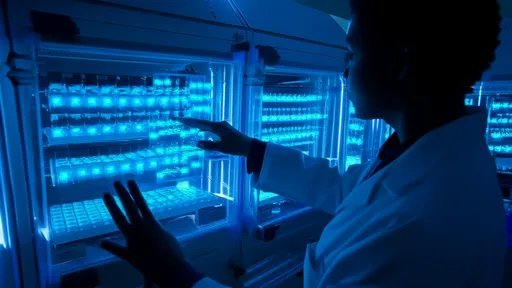
By /Jul 3, 2025
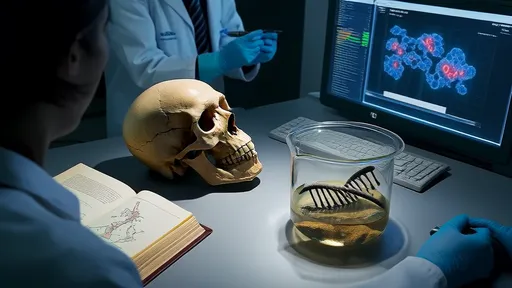
By /Jul 3, 2025

By /Jul 3, 2025

By /Jul 3, 2025

By /Jul 3, 2025
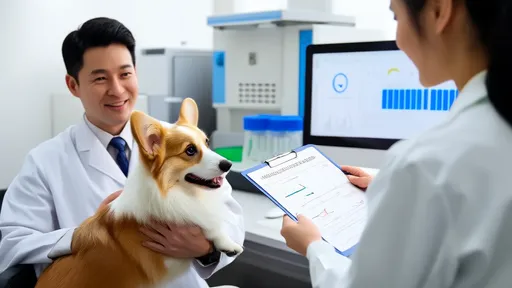
By /Jul 3, 2025

By /Jul 3, 2025

By /Jul 3, 2025

By /Jul 3, 2025

By /Jul 3, 2025
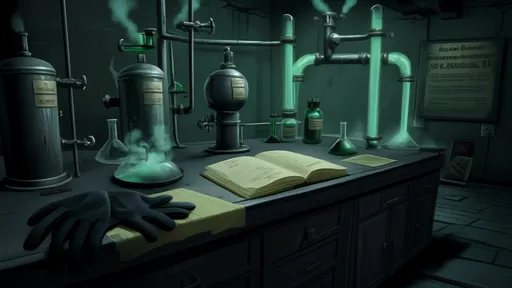
By /Jul 3, 2025
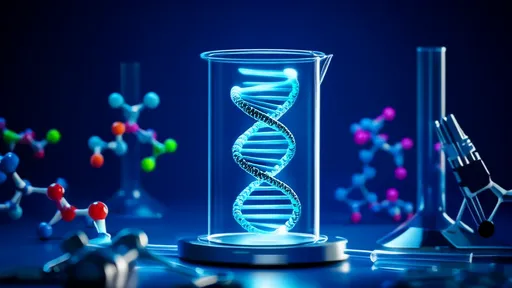
By /Jul 3, 2025
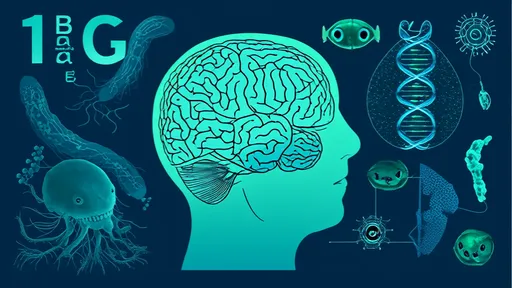
By /Jul 3, 2025
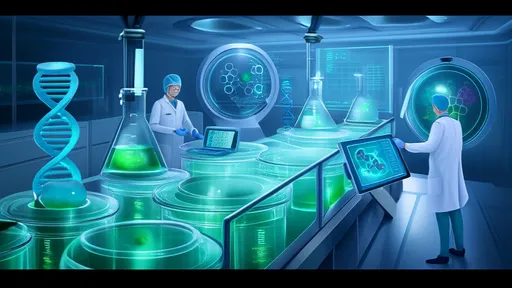
By /Jul 3, 2025

By /Jul 3, 2025
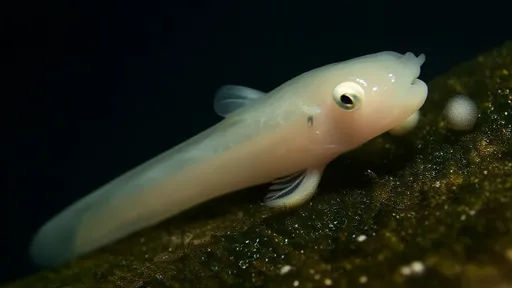
By /Jul 3, 2025
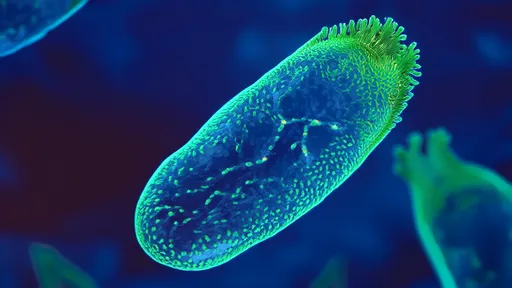
By /Jul 3, 2025
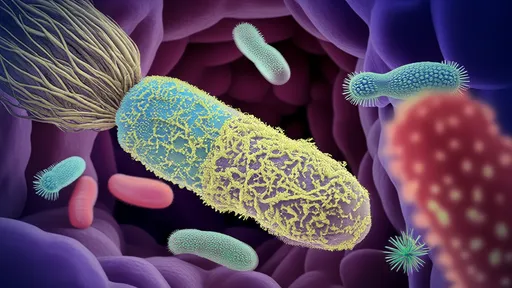
By /Jul 3, 2025
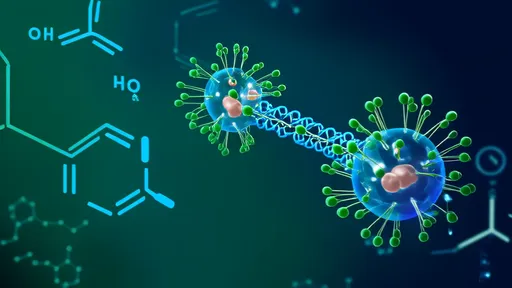
By /Jul 3, 2025
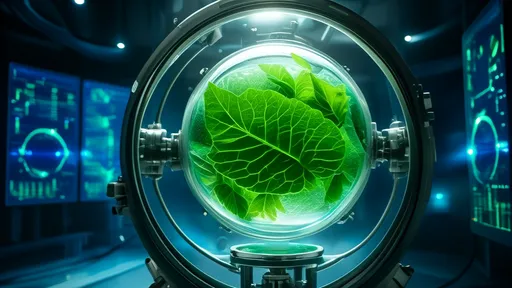
By /Jul 3, 2025